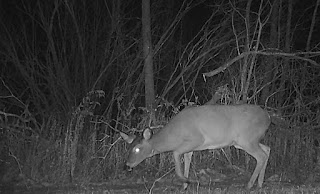Friends, things are not as dire as you think. Indulge me the opportunity to lend historical perspective.
Our current lot in life is not nearly as dreadful considering our forebears who had to live thru the year 536 — the year that may possibly be the absolute worst in human history. How bad was it? Sometime early in 536 a haze settled across Europe, the Middle East and Asia blotting-out the sun.
The pall darkened the skies for a year and a half.
The temperature dropped 35-36 degrees Fahrenheit, famine followed widespread crop failures and to top it off there was an outbreak of bubonic plague that decimated the population. This was a terrible, horrible, no-good very bad year.
Tree ring analysis provides evidence of a massive cooling event in either late 535 or early 536 – followed by another drop recorded in 542 - a double-whammy of cold temperatures. A study of ice core samples from a European glacier uncovered microscopic shards of volcanic glass which were traced to volcanic rocks in Iceland. Researchers believe that this is evidence of a massive volcanic eruption that loosed a gigantic plume of ash into the atmosphere in 536. The ash shrouded the Northern Hemisphere for more than a year. A follow-up eruption in 539 or 540 - linked to North America - explains the double-whammy temperature drop recorded in the tree rings.
Long story short - the volcanic events, plague outbreak and biggest drop in temperature in more than two thousand years resulted in three decades of global economic stagnation. Curiously, additional study of the ice samples revealed a spike in airborne lead particles in the year 575. Lead ore was used the smelting of silver and its presence in the ice is evidence that the precious metal was once again in demand for making new coins as the European economy started to recover.
You might think that you have a lot to complain about in 2018, but at least you're not fighting off the plague while shivering under the gloom and darkness of a cloud of volcanic ash. There are a couple of lessons to be learned by this. Be thankful you weren't around in 536 and beware of global cooling events. They do happen.
Learn more about this time in history here.































